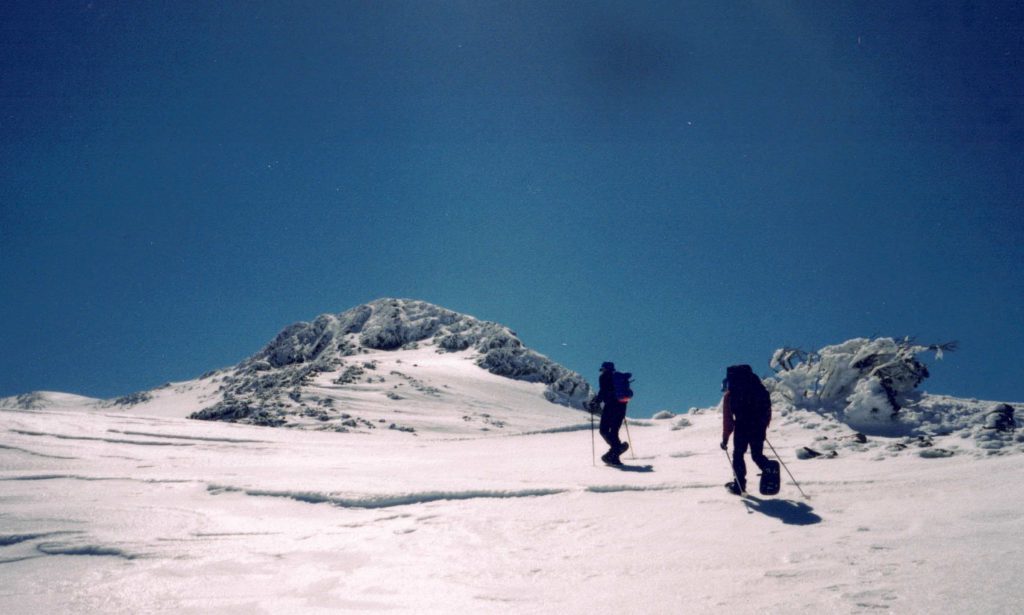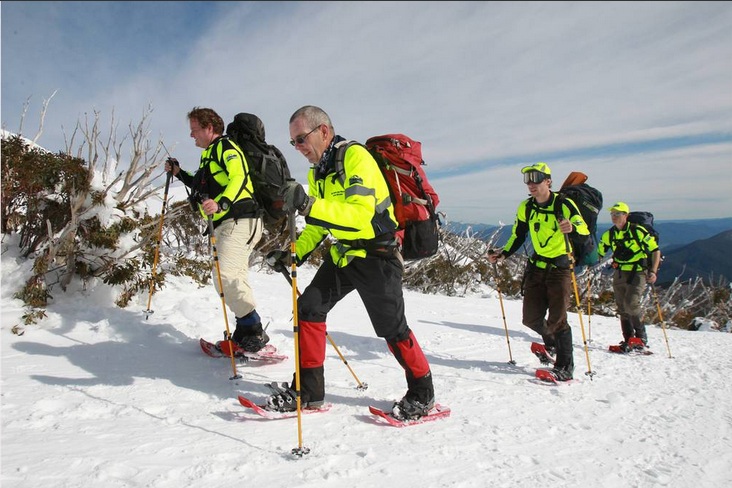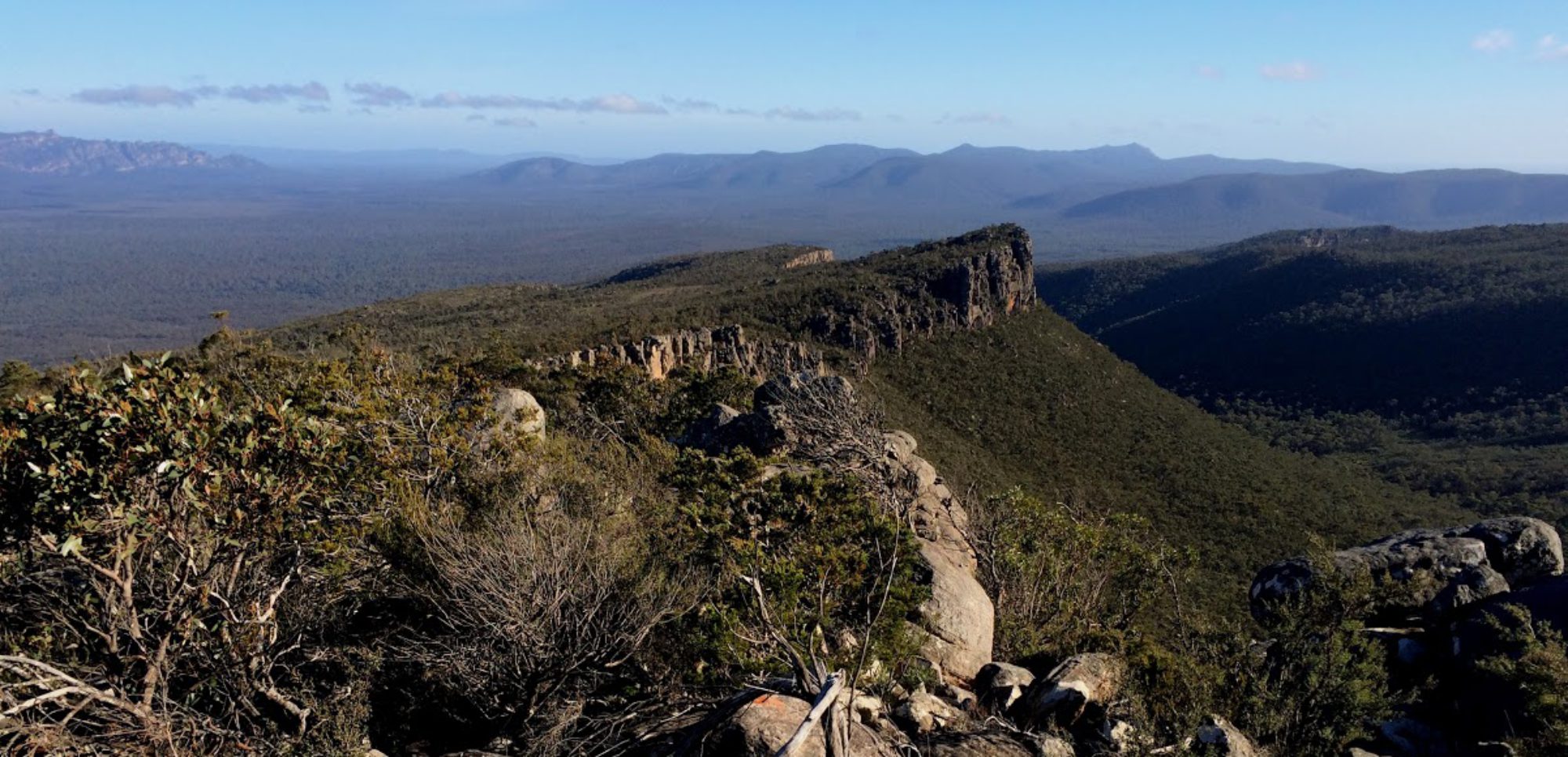Reading Time: 2 minutes
Snowshoeing is like bushwalking on snow. It’s an enjoyable way to experience alpine areas when they are snow covered. Many ski resorts and some National Parks have snowshoe trails.

It is advisable to travel with an experienced companion or group and have knowledge of the area in which the trip is planned.
Commercial operators provide guided snowshoe experiences, which is a good way to try the activity and learn the basics.
Snowshoes make walking in soft snow much easier by providing a larger surface area to prevent feet sinking too deep into the snow. They come in varying designs suited to different types of terrain. Snowshoes can be hired from outdoor shops or at ski resorts.
Using snowshoes
- Ensure the snowshoes and binding system fits the boots securely.
- Know how to easily and quickly adjust bindings before venturing out in the cold.
- Use walking poles that have snow baskets or ski poles to improve balance. Adjustable poles can be lengthened for walking downhill, or one can be shortened for traversing a slope.
- Pace is slower compared to walking.
- Keep off or to the side of groomed ski trails when walking.
- Stop well off groomed ski trails to allow skiers and others to pass.
- Take turns leading in untracked areas. Breaking trail in fresh snow is tiring.

Snowshoeing techniques
- Walking on flat terrain: use a normal walking motion.
- Turning around: is easiest by stepping snowshoe tips around in an arc.
- Walking uphill in soft snow: lift each foot and kick the snowshoe into the snow with the toe of the boot to create steps.
- Walking uphill on firm crusty snow: use the metal cleats to get grip on firm snow, choosing a route that is not too steep.
- Walking downhill: plant each pole forward and to the side with knees bent and relaxed. Take even steps and plant each snowshoe firmly in the snow.
- Traversing: move across slopes by edging the snowshoes into the slope as they are planted to create a shelf under the feet, using poles to maintain balance. Shorten the uphill pole (if it’s adjustable) or grip it lower on the shaft.
CAUTION: Snowshoes are not suitable for walking on icy or steep slopes as they do not provide sufficient grip. A fall could result in a slide and serious injury.
See also
- Skiing hazards: Most are applicable to snowshoeing.
- Trip emergency contact
- Emergency communications
- Emergency shelters
- Weather
References and external links
- Snowshoeing: A Beginner’s Guide – REI
- SnowSafe, Australia
